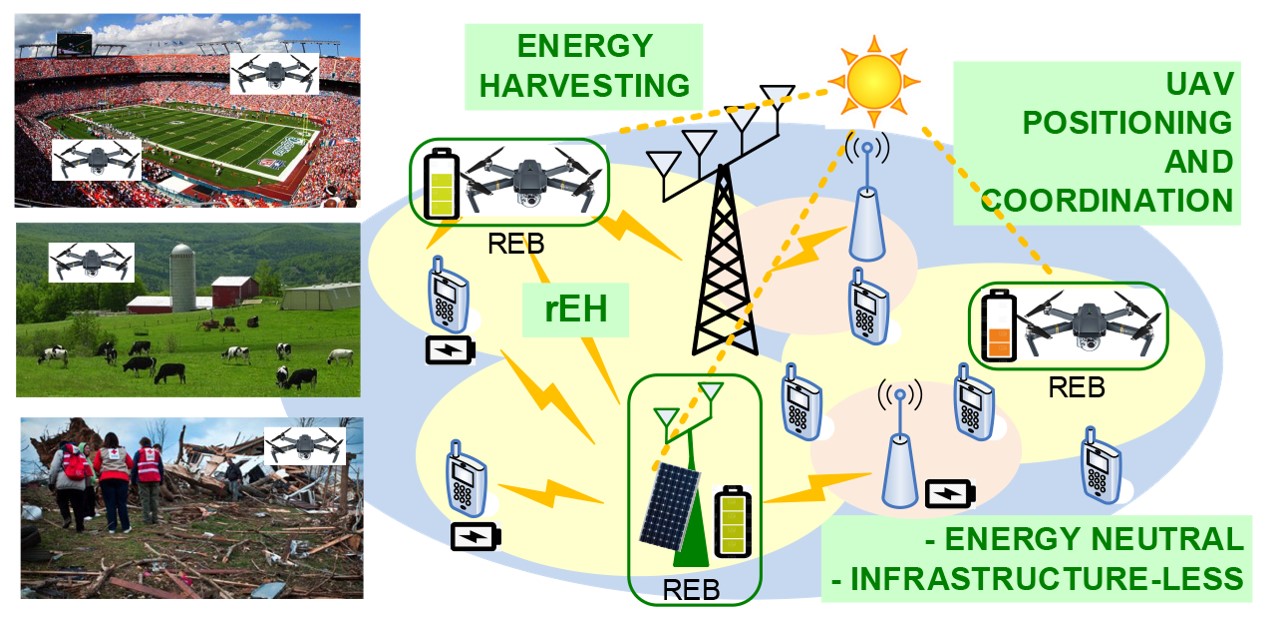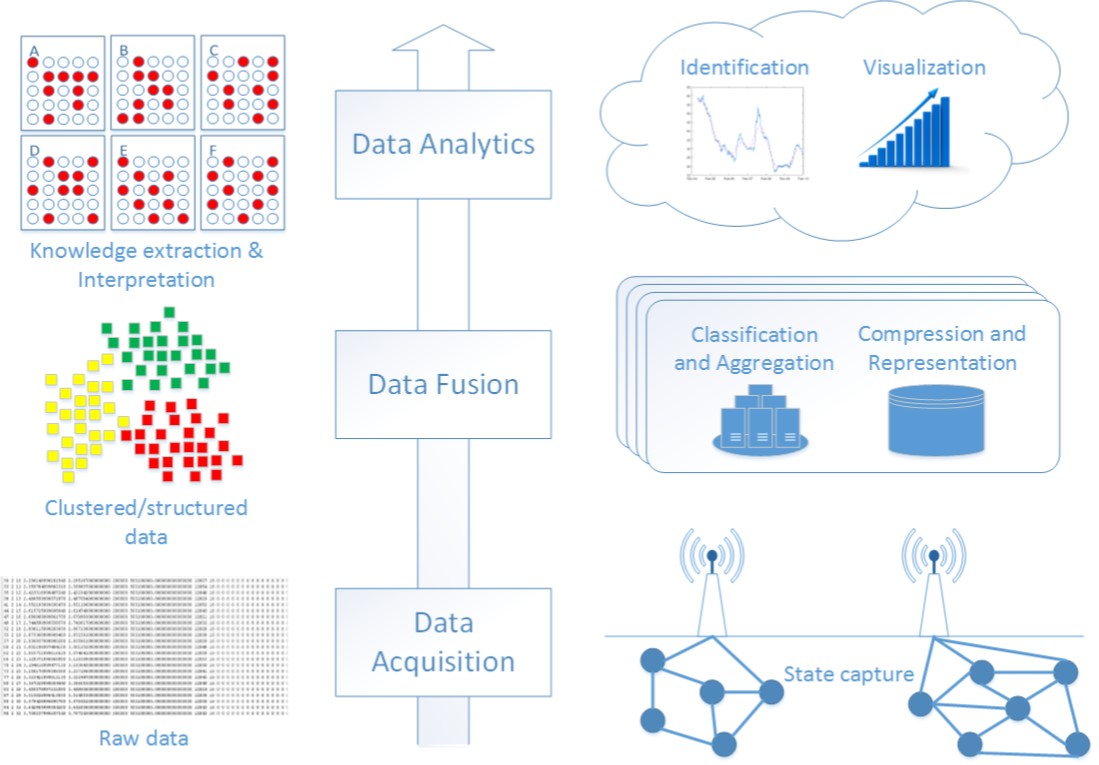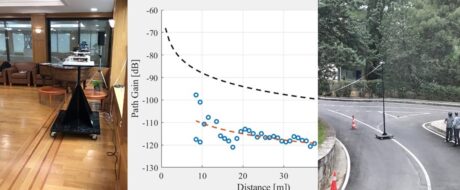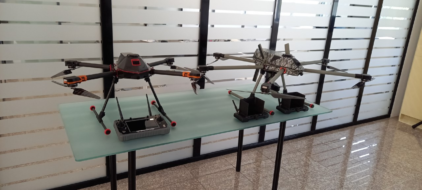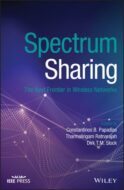Overview
The Smart Wireless Future Technologies (SWiFT) Lab hosts both theoretical and experimental work aimed at advancing state-of-the-art wireless technology and showcasing corresponding findings. The involved research areas include: communication system design; signal processing and machine learning techniques; constrained optimization; communication theory; adaptive filtering; wireless channel modelling and estimation; spectrum sensing and sharing; positioning techniques; interference management; cooperative communications; resource allocation; cross-layer optimization; wireless relaying and intelligent reflective surfaces; wireless access and backhauling; heterogeneous networks; hybrid terrestrial / satellite networks; multi-antenna and massive MIMO systems; cloud-RAN, cell-free MIMO; antenna design; hybrid analog / digital antenna arrays; cm and mmWave systems; net-zero energy networks and non-terrestrial networks, wireless network security and policy reinforcement, among others. A number of emerging research areas such as battery-less / passive RFID technology, simultaneous wireless information and power transfer, Terahertz wireless, visible light communication and quantum-enabled wireless transmission are also within scope. The theoretical work performed in the above areas is accompanied by a number of lab-grade prototypes and systems, over-the-air trials and measurement campaigns, based on an extensive hardware, software and instrumentation infrastructure that keeps being renewed in order to keep up with the experimental demands of novel systems and concepts.
Technology and application domains
The targeted technology domains range from body area networks and the Internet-of-Things (IoT) to next (6G) generation mobile broadband and satellite networks to smart power grids and net-zero energy networking to technologies for human-computer interaction. These include current and future (5G and beyond) mobile networks, personal and local area / WiFi networks, fixed wireless networks, wireless sensor networks, satellite networks, the Internet-of-Things, wireless system components such as antenna modules and power-autonomous sensors, handsets, access points and base stations, among others. These technologies may benefit a large number of related industries, sectors and processes, such as the automotive industry and other transportation sectors, including aviation; the energy sector (smart energy networks / smart grid); the security and safety sector, including surveillance, emergency and first responder systems; the manufacturing sector; the municipal sector (e.g., smart cities); the medical industry; the agricultural sector, the space sector, the government sector (e.g., spectrum regulation, environmental monitoring); e-commerce; e-banking; social media; video-conferencing; content streaming and sharing platforms, etc. Some examples of intended and envisioned applications include location-aware spectrum management and services, smart manufacturing, intelligent transportation networks, energy-autonomous and non-terrestrial networks, wireless-based network security, biomedical systems and quantum-based wireless security.
Experience and visibility
The SWiFT Lab hosts research in a number of fields within its thematic range, but also branching out to related areas such as biomedical signal processing and UAV systems. Through its researchers, members and collaborators, the SWiFT lab maintains a proven track record of success in cutting edge, theoretical and applied research as well as technology innovation. Its success is demonstrated by the corresponding publications, graduate students’ supervision, patent applications, funded research projects, industrial collaborations, participation in relevant think-tanks, technical / scientific committees, standardization activities and technology expert and leadership positions. We pursue high calibre scientific publications, proof-of-concept prototypes, as well as regulatory and standardization activities. As a part of ACG’s RTIN, the SWiFT Lab also continuously explores innovation opportunities related to its research findings, including the generated intellectual property in collaboration with ACG’s Tech Transfer Office, taking advantage of RTIN’s technology transfer expertise as well as utilizing its network of partners, collaborators, donors and investors.
Facilities and Lab infrastructure
The SWiFT Lab benefits from state-of-the-art wireless research premises, as well as offices and meeting spaces for its members, collaborators and visitors, hosted on the main campus of The American College of Greece in Aghia Paraskevi in Athens, Greece. The Lab is an integral part of the campus, enjoying access to all the campus services and facilities (e.g., libraries, teaching auditoriums, science labs, meeting rooms, administrative services, etc.) and benefiting from interactions with the faculty, students and researchers of all ACG’s schools, institutes and centers, as well as facilities in the other locales of ACG.

Inspired by both the Silicon Valley technology innovation paradigm and the MIT Media Lab’s “Demo or Die” motto, ACG’s SWiFT Lab equally values the development of theoretical breakthroughs of high potential impact and their experimental demonstration. To this end, it offers one of south-east Europe’s most advanced wireless research infrastructures, including hardware and software testbeds, prototypes, measurement equipment and fabrication tools. As technology evolves, the Lab continually seeks new research/industrial grants and sponsorship/donations in order to keep expanding its know-how and infrastructure and remain at the cutting-edge of wireless research.
If you would like to read our brochure, please click here.
Mission
To perform and demonstrate frontier research leading to intelligent wireless concepts, techniques and systems that can impact the shaping and usage of future networks, technologies and applications benefiting from wireless technology.
Vision
To become Southeast Europe’s prime hub for research & innovation related to wireless technologies.


